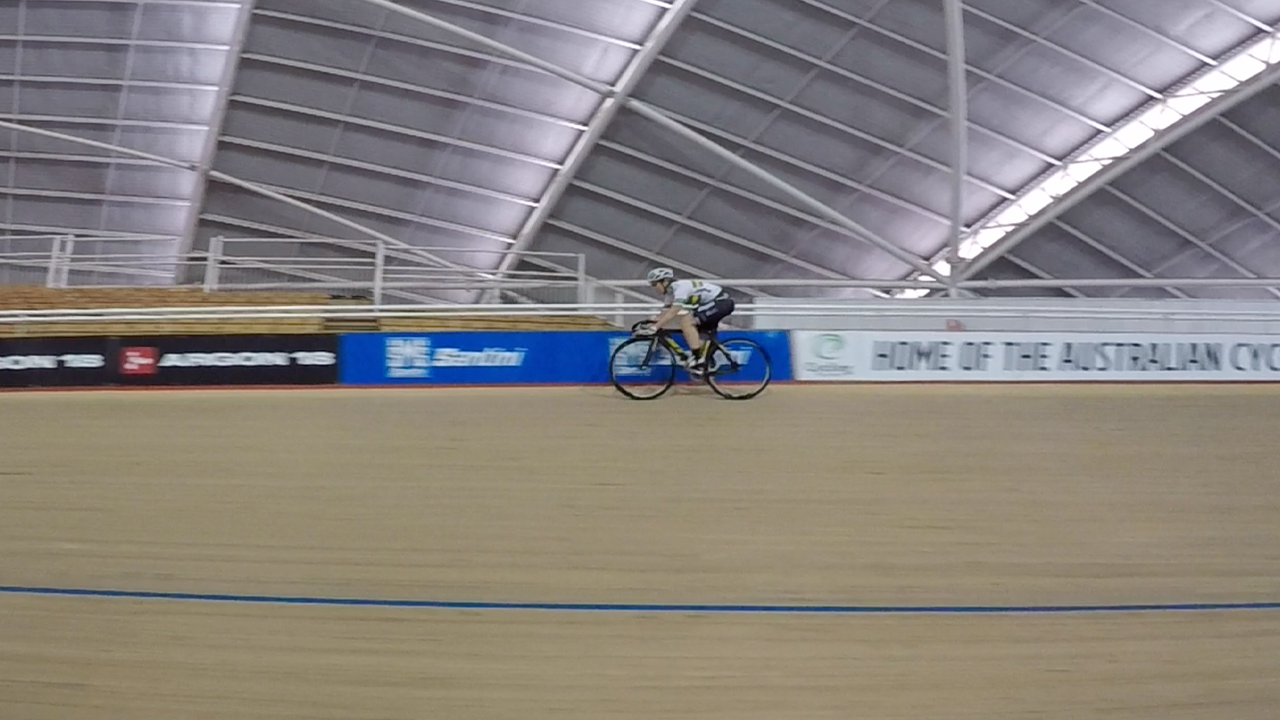Supramaximal Performance

Guest Blog by Michael.
Performance Analysis is a hobby for me. It is also a job and an area of academic study and will keep me awake as I wonder if a pattern of results has emerged or progress is being made. How can I use this data to help improve performance?
At a course at the University I attend Professor Keith Lyons was described as the Godfather of Performance Analysis. Keith founded the Australian Institute of Sport’s Performance Analysis Unit. He would rather see himself as part of a long story and tips the hat towards those who preceded him in the field; those who noted in books, on backs of envelopes, napkins and so forth where a ball in a basketball game travelled prior to being shot at the hoop, where a tee shot went in golf to make the second shot more likely to yield a better result, by recording that location and the resultant score to give the team or player knowledge of how to improve their performance.
And so we note things. We measure things, we plot on graphs. We like consistency in the use of the number decimal places on results sheets. We might use the data to show that we are better spending training time in different gears, at different cadences, or taking extra rest days, riding when it is cool to make recovery easier or using the heat of the day to ensure a rider is training specifically for an event in an equally warm location.
Many self-coached riders do the same, all the time, of course. They can see from Strava that if they ride a little slower than personal best on one segment they can post a record for the next a kilometre down the road. It can be as simple as that.
I drew a graph for Keith – analytical people do use words but could communicate with only x and y axis graphs I’m sure – and Keith put a cross on part of the graph. “So how do we get here?” he said...
I had drawn a line showing power over the course of a sprint from a standing start. The cross was drawn above the peak of the curve. The question asks as to what is needed to record a higher power score at peak. The cross could have been drawn further across on the x axis, so it would ask as to how we can make the peak power last longer, and the drop-off in power to be less severe, so the rider can carry more speed to the finish.
Supra-maximal performance is the ambition and this is what Keith’s cross represented. Two simple examples from track cycling can be to ride the same gear at a higher cadence, or to match your preferred race cadence in a bigger gear. Both, sure, would be wonderful but in a single session I prefer to concentrate on one at a time.
I like to have in mind, when writing training programs, which of these targets the session is aiming to hit. The sessions to help a rider increase gears in competition can include gym work, or starts and accelerations, or my favourite (often brief) hills. This aims to increase the force the rider can apply to the pedals. Sessions to raise the cadence could include pedalling drills – both Shane P and Kerrie M have recorded ridiculously fast times over 200m in a 76 or 81 inch gear – work on aerodynamics to reduce resistance, or overspeed work with motorbikes to help take you to higher than normal speed to train the bike handling skills needed to ride smoothly and efficiently.
So the thing to know, ideally long-before warming up, is which of the aspects of your future supramaximal performance you are training for that day and how it fits in with a long-term objective.
Citius, altius, fortius.
But perhaps not all at the same time.
Until competition day….

